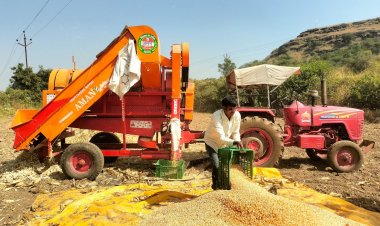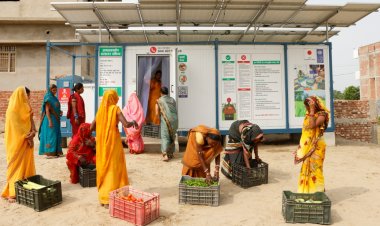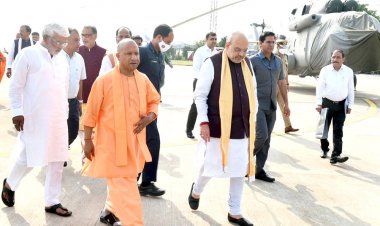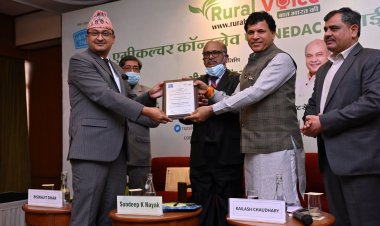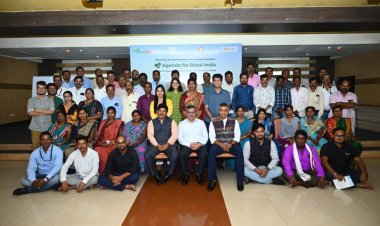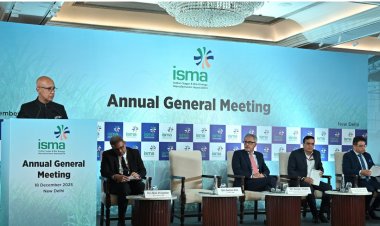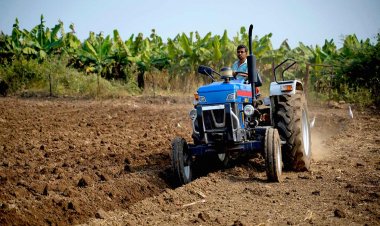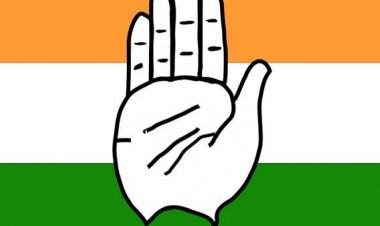Elections of Kshetra Panchayat President and Zila Panchayat President in UP: A dangerous portent for rural self-governance
Although the elections are not being held on party symbols, there is the active involvement of the political parties in these elections. Earlier, this was not so because so much money was not there at the disposal of the panchayats.

It would not be hyperbole if one may say that panchayats have become shops and corruption centres. I am pained while I say this, because when panchayats were being constitutionalized about three decades ago one did not imagine that rural local governments would be so degraded that they would be reduced to money-minting bodies.
There are umpteen examples to prove this and the recent one is that of the elections of the Kshetra Panchayat (KP) President and Zila Panchayat (ZP) President in the state of Uttar Pradesh (UP). Elections to 75 ZP Presidents would be held, in which 3,050 members would form the electoral college. As many as 826 KP Presidents will be elected with 75,852 members as the electoral college. Before proceeding further, let me make it clear that the elections at the intermediate tier (block level) and apex level (district level) are being held indirectly across the state as per the Constitution. Elections for the lowest tier (i.e., Gram Panchayat) are left to the state legislatures. On account of this, only elections of the presidents of Gram Panchayat (GP) are being held both directly and indirectly. But in most of the states, their elections are being held directly.
Electioneering is going on. For ZP President, elections are scheduled to be held on 3 July, 2021, while for Block Pramukh, the date is yet to be decided. The dates had also been announced earlier but the elections could not be held due to the Covid-19 menace. Although the elections are not being held on party symbols, there is the active involvement of the political parties in these elections. Earlier, this was not so because so much money was not there at the disposal of the panchayats. But now, money is being transferred to the panchayats from the State Finance Commission, Centrally Sponsored Schemes and State-Sponsored Schemes. The panchayats in the State will be getting Rs 38,012 crore from the Central Government for five years from 2021-22 to 2025-26 under the award of the Fifteenth Finance Commission (FFC). The FFC has also recommended devolution of funds to KP and ZP levels while the 14th Finance Commission had not recommended this for KP and ZP. This is also one of the reasons that elections at these levels have become more important. MPs, MLAs and leaders of different political parties have been creating pressure and inducement tactics in different ways on the voters to cast votes in favour of their candidates.
The sidelights from the field would make interesting reading. It has been gathered from the villages that although the elections of KP Presidents are yet to be announced, some members of the Block Development Committee (BDC) have allegedly started using unfair means to influence the voters and wrest the elections. The purchase of voters has been a subject of intense debate on various forums. How to check this menace? It is disheartening to note that these elections have become the trinity of money power, muscle power and political power. From the gender empowerment point of view, the elections are an exercise in women’s disempowerment as their role is nothing but to put their thumb impression at the place indicated.
In UP, a BDC member represents a population of 2000 and a ZP member that of 40,000. They are supposed to talk and consult with voters of their constituencies for developmental activities. But how can they consult when they do not remain in their villages? In a real sense, they are not interested in such things. Their motive is to earn money and nothing else.
Interestingly, it is also reported that media rarely writes on these trends in elections. One person has aptly put the current phenomenon in UP in these words: “The motive of this kind of politics is not development but money.” In such a situation, talking about Panchayati Raj, people’s participation, women empowerment, power to the people and self-governance does not make sense. Reservation for OBCs and Dalits is also meaningless as the criterion for selection is how much money power the person wields. There is no room in elections for those who have done good work in panchayats and rural development or those who are accredited social workers in panchayats’ development.
In the present context, let us recapitulate what the purpose and responsibilities of the governments were when the Panchayat Bill was introduced in Parliament. The then Rural Development Minister G Venkatswamy, while introducing the Constitution (Seventy-Third Amendment) Bill in the Parliament on 1 December 1992, said that “this casts a duty on the centre as well as the states to establish and nourish the Village Panchayats (VPs) so as to make them effective, self-governing institutions.” And by introducing this Bill, the Government was fulfilling Mahatma Gandhi’s dream of Gram Swaraj, he added.
Have the panchayats gone the way proposed three decades before? Has Gandhi’s dream been fulfilled? Where is the role of the state as was envisaged while introducing the bill in the Parliament? As elected representatives are all for minting money, how can they dare to claim functional autonomy, financial autonomy and administrative autonomy for panchayats from the State and the Centre?
Have they seen and read the Uttar Pradesh Panchayati Raj Acts? They might not even be aware that there is a separate act for KP and ZP in UP. What are the roles of KP and ZP in consolidating and integrating the Gram Panchayat Development Plan (GPDP) prepared by the GPs? In order to make KPs and ZPs function effectively, various committees such as Krishi, Udyog evam Nirman Samiti, Shiksha evam Jan Swasthya Samiti, Niyon Samiti, Samta Samiti, Karya and Vitta Samiti are supposed to be constituted for discharging various functions of the KP and ZP with the involvement of the members. But in such a situation, where “baap bada na bhaiya sabse bada rupaiya” (the biggest thing in life is neither father nor brother; it’s money) is the motive, who bothers about the committees and their activities?
There are other questions the Panchayati Raj officials need to be aware of: What are the conditions put forward by the FFC for the release of funds to the panchayats with regard to audits? What are the functions of the members of the KPs and ZPs? What are Sustainable Development Goals (SDGs)? How could these be localized at the panchayat level? What are the grey areas where more stress is required?
Last but not the least, the 73rd Constitutional Amendment expects the KPs and ZPs to prepare plans for economic development and social justice, including the 29 subjects listed in the 11th Schedule of the Constitution. It means the preparation of the plan should not only raise incomes and wealth of the village in average terms but in terms of equity also. How can this be expected in the situation prevailing in the countryside of the state where elections are being held?
(The author is a former officer of the Indian Economic Service. The views expressed here are personal.)



 Join the RuralVoice whatsapp group
Join the RuralVoice whatsapp group


















